Hinduism and Buddhism constitute two major religions of Nepal . A remarkable feature of Nepal is the religious homogeneity that exists, particularly between the Hindu and Buddhist communities. Apart from the Hindus and Buddhists, Muslim from the third largest religious group. The exquisite medieval Art & Architecture of the Kathmandu Valley vividly reflect the artistic ingenuity and the religious tradition of the people.
People of Nepal
Nepal is a melting pot of many races and tribes. With the population of twenty-two million, Nepal is an assortment of races and tribes, living in different regions, following different costumes and speaking different languages. Nepalese live under diverse environmental conditions from the low, nearly sea level plains at the border of India, northward through the middle hills and up to the flanks of the great Himalayan range where there are settlements at altitude of up to 4,800m. Farming practices are therefore equally diverse along with life styles and social customs
Major Groups
The early settlement of Nepal was accomplished by large-scale emigrations of Mongoloid groups from Tibet and of Indo-Aryan peoples from northern India. Nepalese of Indo-Aryan ancestry constitutes the great majority of the total population. Tibeto-Nepalese peoples form a significant minority of the country’s population. Nepali, a derivative of Sanskrit, is the official language; Newari, a language of the Tibeto-Burman family, and numerous other languages are spoken. About 90% of the population is Hindu, and the remaining Buddhist.
Sherpas
The best known of the high mountain people are the Sherpas who inhabit the central and eastern regions of Nepal. The Sherpas have easy access to Bhot (Tibet) for trade and social intercourse and therefore Tibetan influence on their culture and civilization remains distinct.
Tibetan speaking people
The high Himalayan settlements of Tibetan speaking people are found perched precariously on mountain ledges and slopes. Life here is delicate balance of hard work and social merrymaking, tempered by a culture deeply steeped in ancient religious traditions.
Tibeto-Burman and Indo-Aryan
The midlands are inhabited by various Tibeto-Burman and Indo-Aryan speaking hill and valley people, for example the Brahmins, Chettris, and Newars. While the Brahmins and Chettris are widely distribute throughout the country, the Newars are mainly concentrated in the Katmandu Valley and other towns.
The Rais, Limbus, Tamangs, Magars, Sunwars, Jirels, Gurungs, Thakalis, and Chepangs are other Tibeto-Burman speaking Mongoloid people found living in the middle hills. Each have their own distinct social and cultural patterns.
Lowland Terai People
The Dun valleys and the lowland Terai are inhabited by people such as the Brahmins, Rajputs, Tharus, Danwars, Majhis, Darais, Rajbansis, Statars, Dhimals and Dhangars. Though Nepal is a veritable mosaic of dozens of ethnic groups, they are bound together by their loyalty to the institution of monarchy, and by the ideas of peaceful coexistence and religious tolerance to form one unified nation.
DOS & DON’T
With its diverse ethnic groups and traditional beliefs, Nepal has numerous cultural practices that may appear unusual to a person on his/her first visit to the country However, to enjoy your stay in the remarkable country of white Himalayas and sparkling rivers it is important to take into consideration the different cultural aspects of the country. Here is a list of things, which may be helpful to you.
- The form of greeting in Nepal is Namaste and is performed by joining the palm together
- Respect privacy when taking photographs
- Before entering a Nepalese home, temple, and stupa remember to remove your shoes.
- Cheap charity breeds beggars but does not solve their basic problems therefore do not encourage
- beggar by being benevolent.
- Protect the natural environment.
- Develop a genuine interest to meet and talk to Nepalese people and respect their local customs.
- Take photographs only after receiving permission for the object or person being photographed.
- Keep local water clean and avoid using pollutants.
- Burn dry paper and packets in a safe place.
- Never touch anything with your feet. This is considered an offence among Nepalese.
- Respect local traditions, customs, values and sentiments to help them protect local culture and maintain local pride.
- Plants should be left to flourish in their natural environment.
- It is better not to touch the persons when they are on the way to temple.
————————————————————————————————————————
Nepal History
———————
Nepal Visa
———————
When to Go Nepal
————————-
Festival
—————————-
Things To Do In Nepal

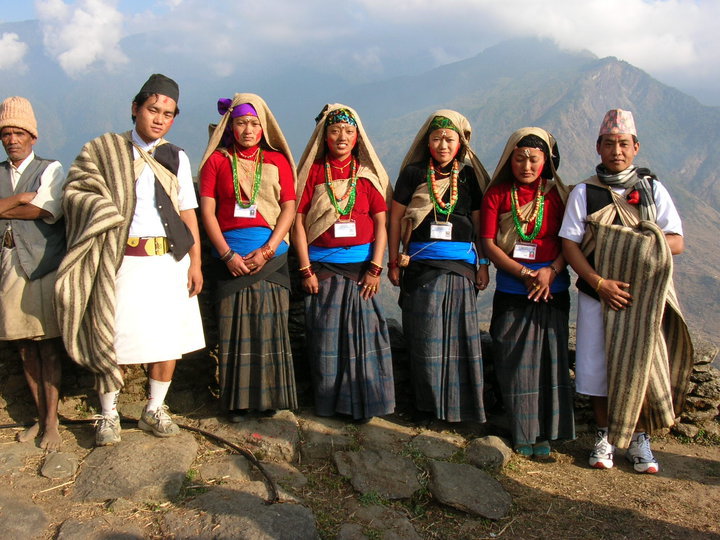
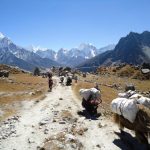 Wednesday, March 27th, 2024
Wednesday, March 27th, 2024
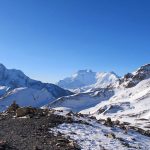 Friday, March 22nd, 2024
Friday, March 22nd, 2024
 Wednesday, March 6th, 2024
Wednesday, March 6th, 2024
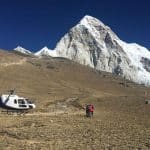 Monday, February 26th, 2024
Monday, February 26th, 2024
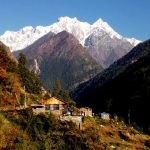 Monday, February 26th, 2024
Monday, February 26th, 2024
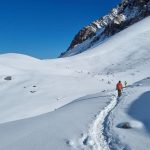 Friday, February 16th, 2024
Friday, February 16th, 2024
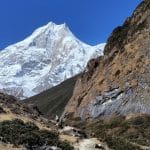 Sunday, February 4th, 2024
Sunday, February 4th, 2024
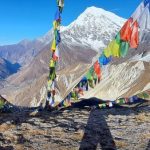 Saturday, November 11th, 2023
Saturday, November 11th, 2023
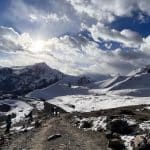 Wednesday, November 29th, 2023
Wednesday, November 29th, 2023
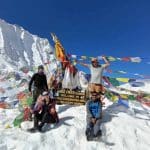 Monday, November 27th, 2023
Monday, November 27th, 2023
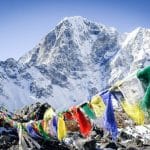 Wednesday, January 24th, 2024
Wednesday, January 24th, 2024
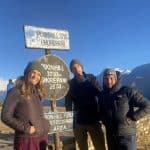 Wednesday, December 13th, 2023
Wednesday, December 13th, 2023
